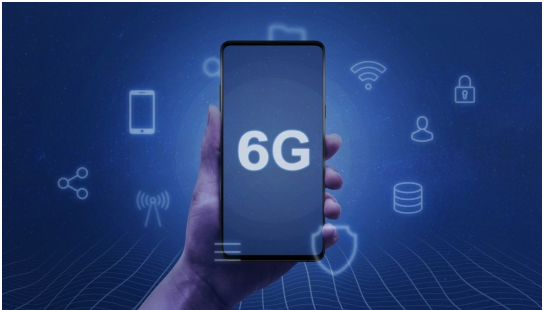In a groundbreaking development, a consortium of leading Japanese telecommunications companies has unveiled the world’s first high-speed 6G prototype device.
In a groundbreaking development, a consortium of leading Japanese telecommunications companies has unveiled the world’s first high-speed 6G prototype device. This technological marvel boasts data transmission rates reaching an impressive 100 gigabits per second (Gbps) over distances exceeding 300 feet. This remarkable achievement of the 6G prototype device signifies a remarkable 20-fold increase in speed compared to existing 5G technologies, ushering in a new era of connectivity.
The consortium, comprising industry giants such as DOCOMO, NTT Corporation, NEC Corporation, and Fujitsu, joined forces to realize this pioneering feat. Their collaborative efforts have culminated in the creation of a prototype that pushes the boundaries of wireless communication.
On April 11th, the consortium revealed the results of their rigorous testing, demonstrating the prototype’s capability to achieve speeds of 100 Gbps both indoors using the 100 gigahertz (GHz) frequency band and outdoors utilizing the 300 GHz band. These tests showcased the device’s potential to revolutionize connectivity in various environments, promising seamless high-speed data transmission.
Despite the promising strides made in 6G technology, it’s crucial to maintain a realistic perspective. The prototype remains in the experimental stage and is not yet ready for commercial deployment. Moreover, the transition to 6G comes with its own set of challenges and considerations.
Currently, 5G technology serves as the benchmark for high-speed connectivity, with a theoretical maximum of 10 Gbps. However, real-world speeds experienced by users often fall short of this potential, averaging around 200 megabits per second (Mbps) for subscribers, such as those on T-Mobile networks in the U.S.
One of the contributing factors to these lower speeds is the utilization of higher frequency bands in 5G networks. While these frequencies enable faster data transmission, they also pose limitations such as reduced range and limited penetration capabilities through obstacles.
6G technology takes a step further by harnessing even higher frequency bands, which may present challenges in signal reception and transmission. The recent testing conducted by the Japanese consortium occurred at distances exceeding 328 feet (100 meters), highlighting potential obstacles such as signal interference from structures and environmental factors like rainfall.
Therefore, while the promise of 6G technology is undeniably enticing, its real-world implementation and viability remain subjects of ongoing exploration and refinement. As the consortium continues to push the boundaries of innovation, the world eagerly anticipates the dawn of a new era in wireless connectivity.
